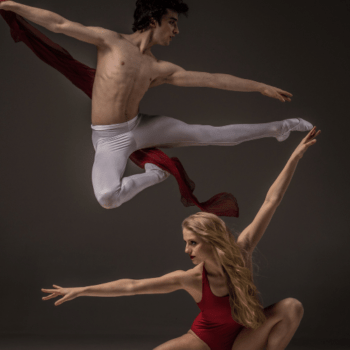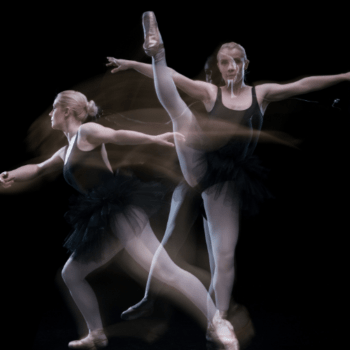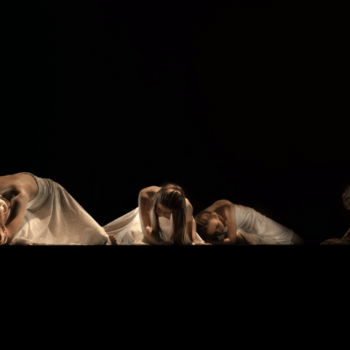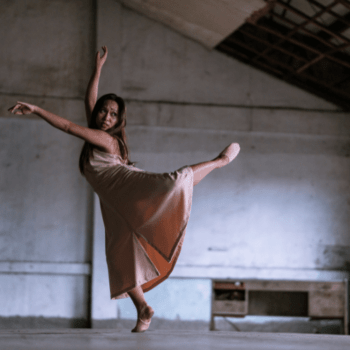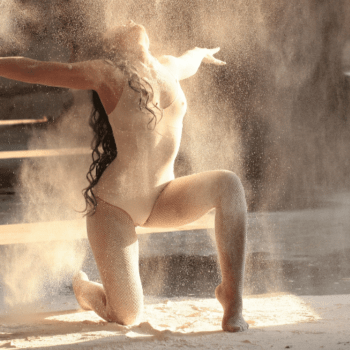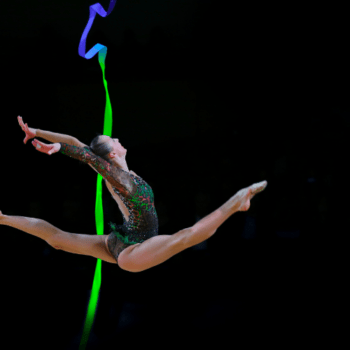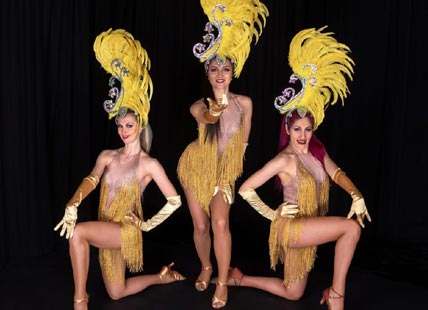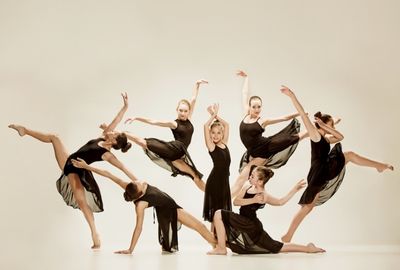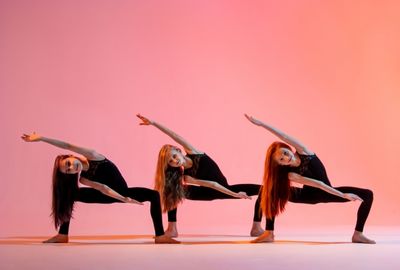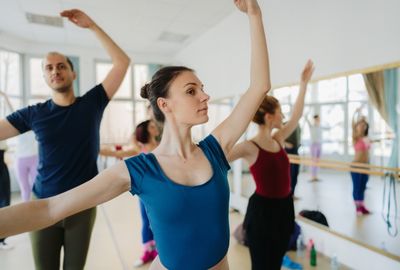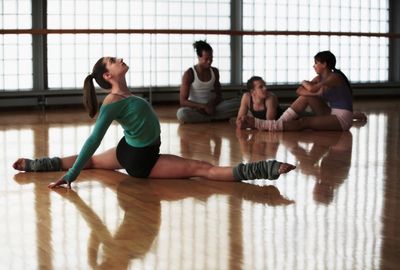DANCE WITH US ANYTIME, ANYWHERE!
Hire Dancers
Looking for dancers for your wedding, special event, music video or more? Hire a Performer. We have what it takes.
Find Local Dancers for Hire
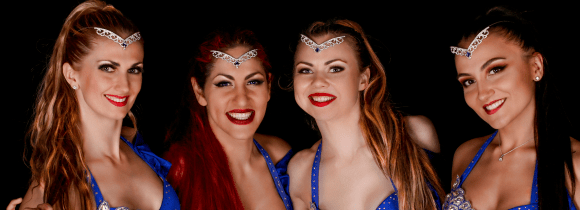
Dancers For Events
If your looking to book dance entertainment at your corporate event, branding launch, wedding or more contact us.
Get Dancers For Your Event
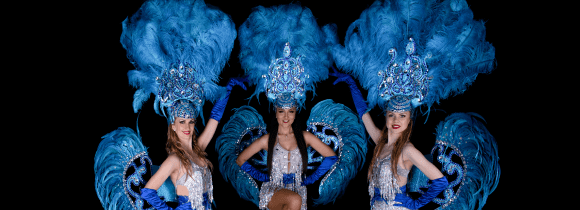
Order a call back
BEST PROFESSIONAL DANCERS FOR HIRE
Are you in need of dancers to provide amusement for your next corporate gathering, wedding, or personal celebration?
Latin American
Latin American dancers charge the atmosphere with positive energy.
Book latin american dancers
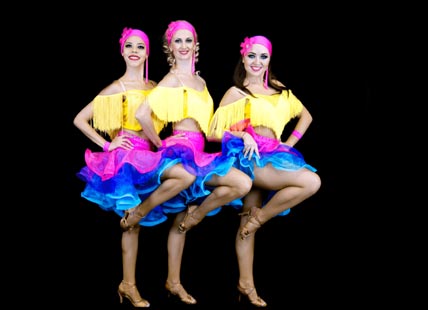
Latin Ballroom
Latin ballroom dances include the samba, cha-cha-cha, rumba, paso doble, and jive.
Book latin ballroom dancers



